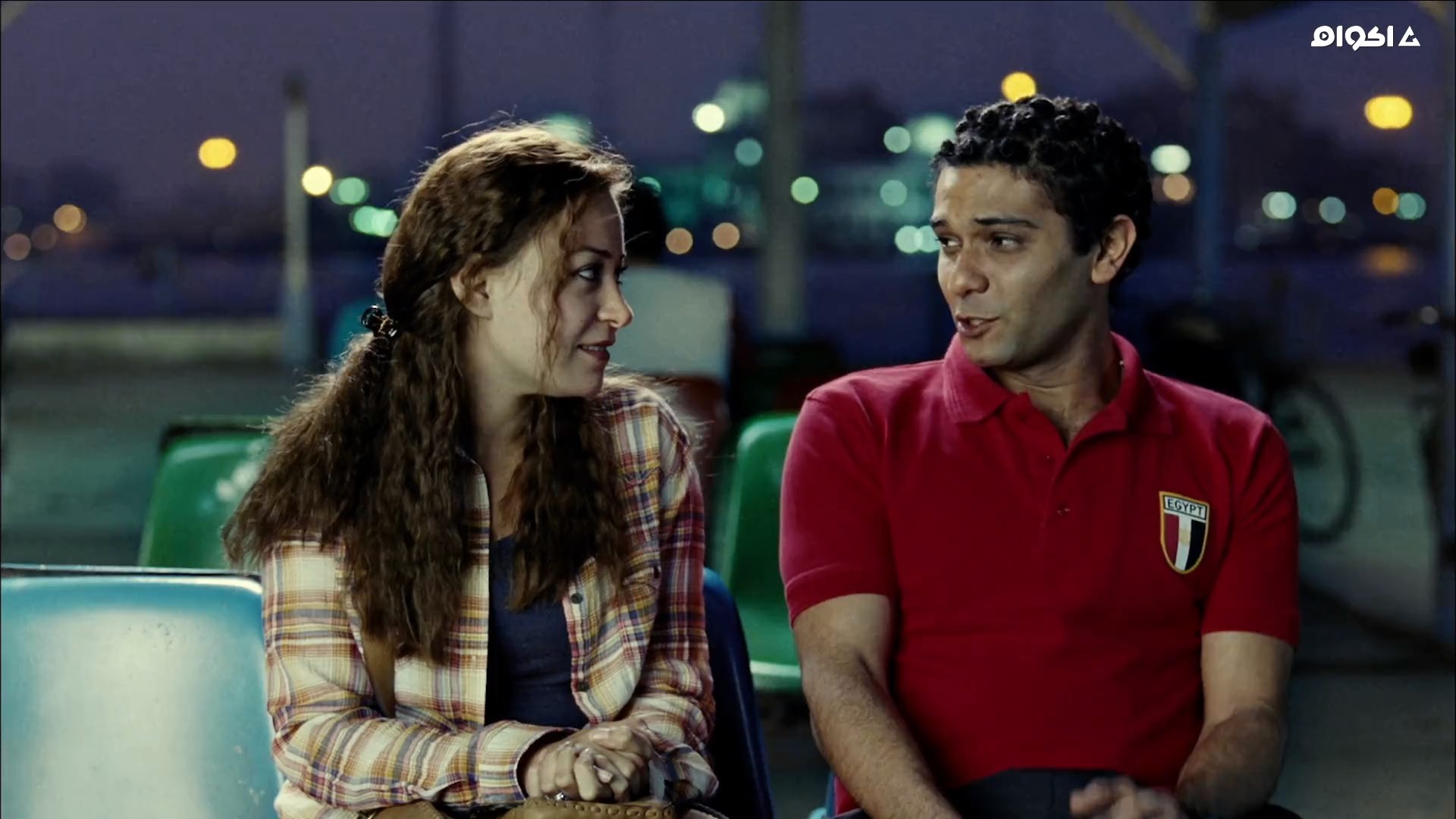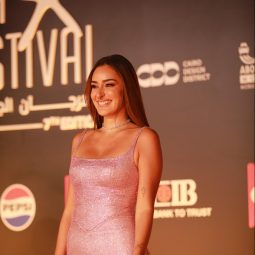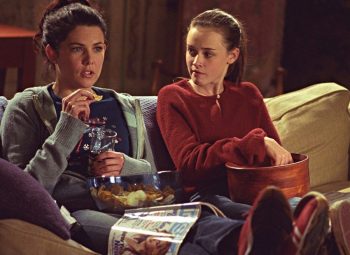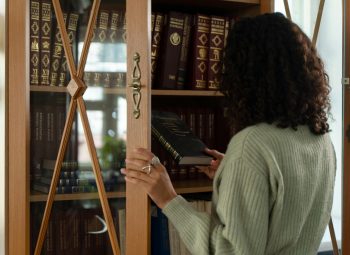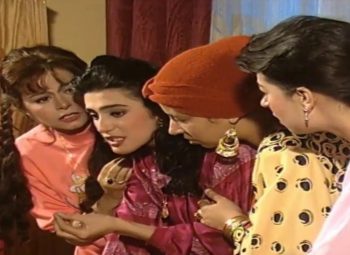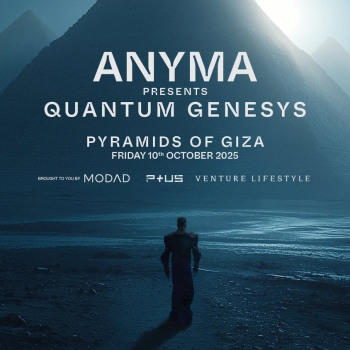Egyptian cinema has long held a special place in the Arab world, and few genres have captured audiences’ hearts like the romantic comedy. Over the decades, these films have evolved in style, humour, and social relevance, reflecting both cultural shifts and cinematic trends.
The Classical Era: Elegance and Innocence
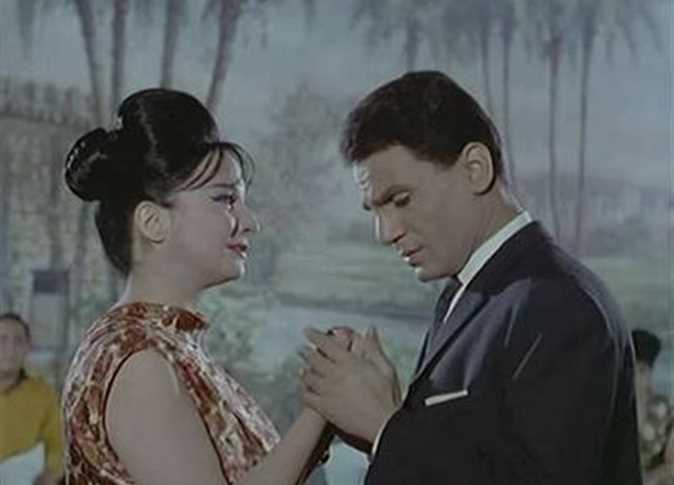
In the mid-20th century, Egypt’s “Golden Age” of cinema brought romantic comedies that were as elegant as they were heartfelt. Stars like Faten Hamama, Omar Sharif, and Abdel Halim Hafez graced the screen with stories that balanced tender romance and light humour. Films such as Maaboudat El Gamahir (1967) blended musical sequences with moral lessons, portraying love as pure and idealised. These works often unfolded in sophisticated settings, gardens, ballrooms, or quiet cafés, where misunderstandings were resolved with charm rather than confrontation.
The 90s: Relatable Humour and Everyday Romance
By the 1990s, Egyptian romantic comedies began shifting toward a more relatable, urban tone. The polished elegance of the classical era gave way to stories set in bustling Cairo streets, workplaces, and modest homes. Actors like Ahmed El Sakka, Mona Zaki, and Hanan Turk brought youthful energy to the genre, with films such as El Hobb El Awal (1999) mixing romance with situational comedy. These movies reflected changing gender dynamics and aspirations of the middle class, incorporating slapstick humour and pop-culture references that resonated with younger audiences.
Today: Fast-Paced, Bold, and Socially Aware
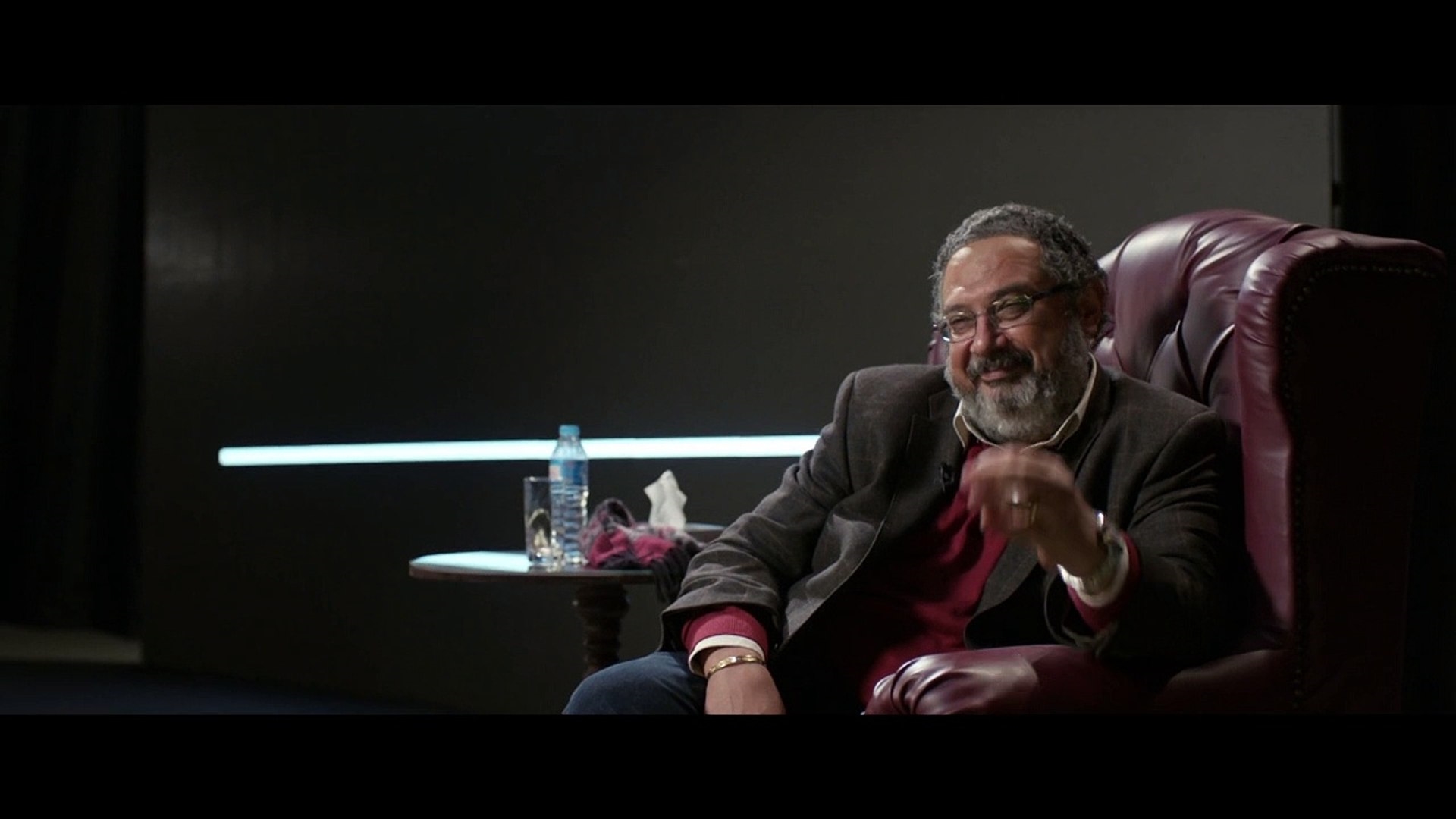
Modern Egyptian romantic comedies have embraced sharper humour, faster pacing, and more direct social commentary. Streaming platforms and changing audience tastes have encouraged filmmakers to experiment with edgier dialogue, unconventional love stories, and themes such as career ambition, cultural clashes, and even online dating. Films like Hepta: The Last Lecture (2016) explore layered relationships, often blending drama with comedic relief. While romance remains central, today’s comedies are bolder in tackling taboos, more visually dynamic, and influenced by global storytelling styles.

